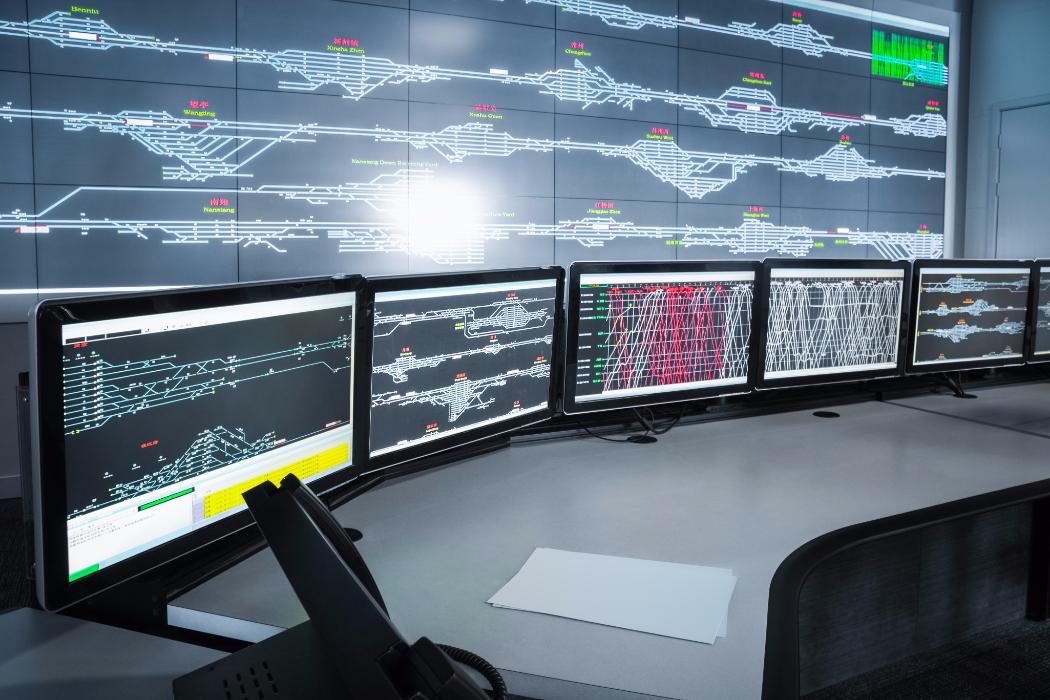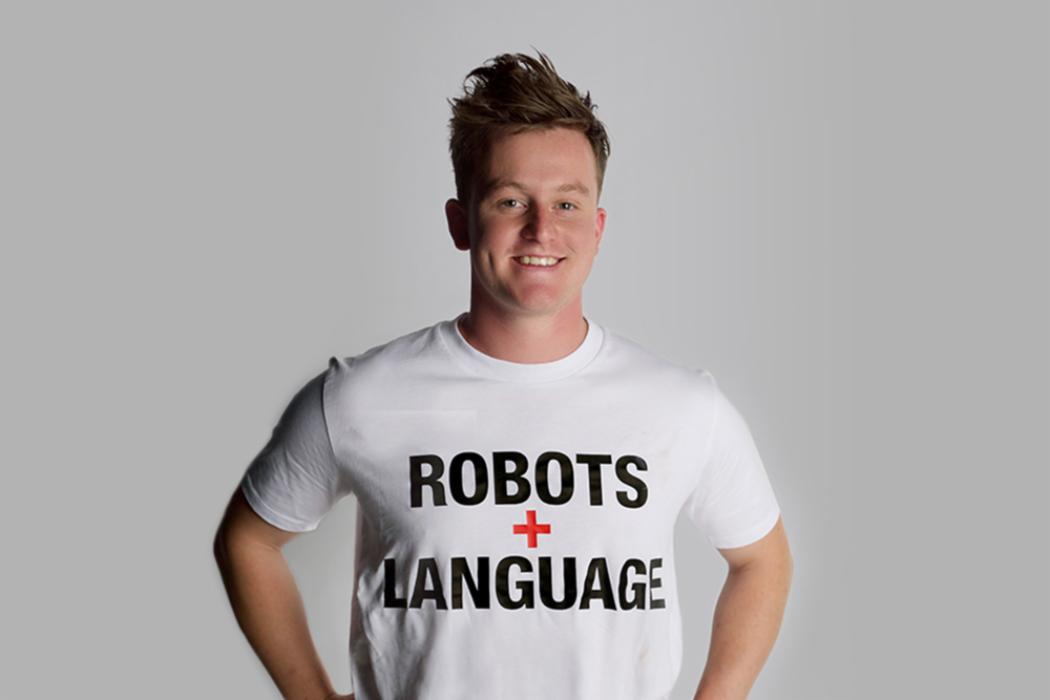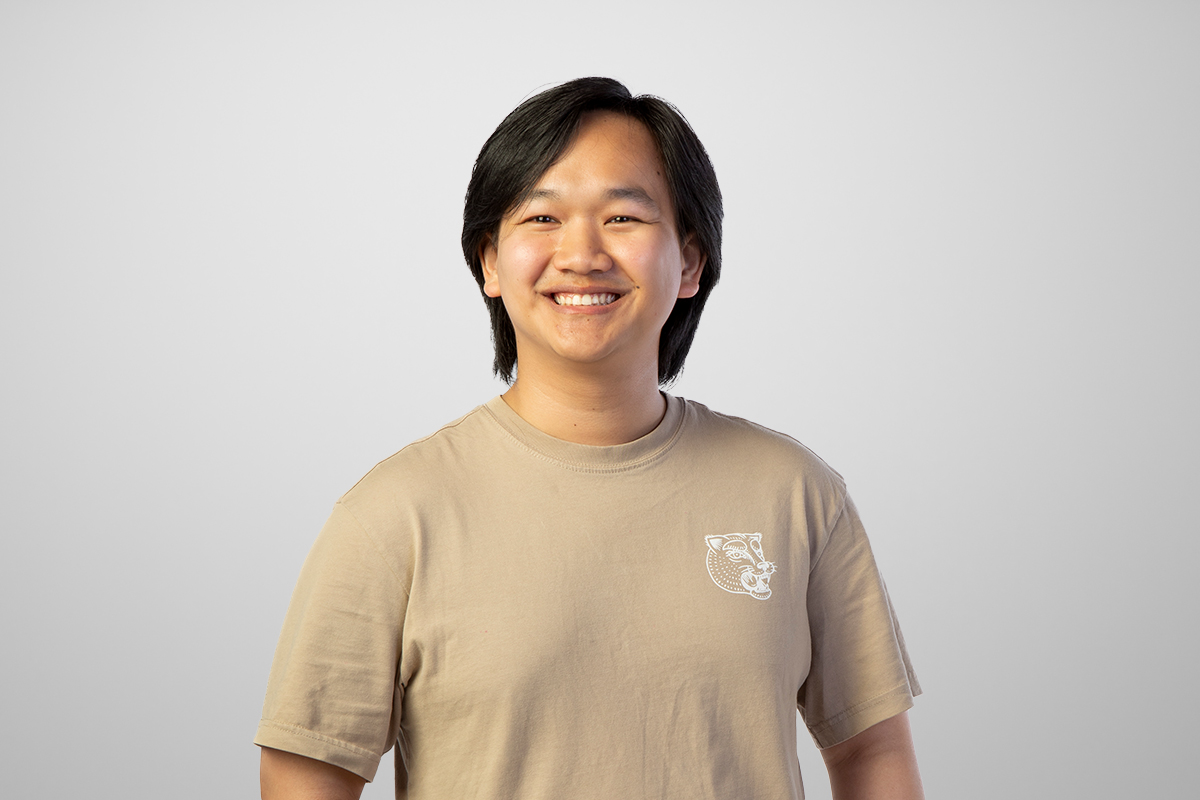Mechatronics Engineering is the efficient and effective integration of mechanical systems and electronics and intelligent control. Mechatronics engineers employ precision engineering, control theory, computer science, mathematics and sensor technology to design enhanced or 'smart' products, processes and systems. Examples of mechatronic systems include aircraft, dishwashers, toys, motor vehicles, automated manufacturing plants, medical and surgical devices, robots of all types and artificial organs. Almost everywhere you look, you will see a mechatronic system.
During the coming decades, we will see an explosion of these automated systems further infiltrating our lives. Already mechatronic techniques are utilised in various industries, including manufacturing, communication, transport, medicine, service, energy and smart farming.






